Green Supply Chain Network Design: A Literature Review Focused on Carbon Policy
DOI: 10.23977/erej.2019.31002 | Downloads: 44 | Views: 5214
Author(s)
Xiaoning Zhu 1, Ziqian Zhao 1
Affiliation(s)
1 Donlinks School of Economics and Management, University of Science & Technology Beijing, 100083, China
Corresponding Author
Xiaoning ZhuABSTRACT
With the growing size of the market for carbon trading and the development of carbon trading mechanism, carbon emissions should be considered in supply chain network design. Many scholars are interested in the design of green and sustainable supply chain network to reduce the emission of greenhouse gases. The purpose of this paper is to review the relevant literature on green supply chain network design (GSCND), from 2011 to 2019, and analysis the impact of relevant carbon policies on GSCND. At last, some future research directions are also discussed in this review.
KEYWORDS
Green supply chain network design, carbon policy, carbon emission, literature reviewCITE THIS PAPER
Xiaoning Zhu, Ziqian Zhao, Green Supply Chain Network Design: A Literature Review Focused on Carbon Policy. Environment, Resource and Ecology Journal (2019) 3: 5-11. DOI: http://dx.doi.org/10.23977/erej.2019.31002.
REFERENCES
[1] Bank TW. Carbon pricing watch 2017: at a glance- new carbon pricing opprtunities in the Paris agreement era [J]. 2017.
[2] Waltho C, Elhedhli S, Gzara F. Green supply chain network design: A review focused on policy adoption and emission quantification [J]. Int J Prod Econ, 2019, 208: 305-318.
[3] Samir E, Ryan M. Green supply chain network design to reduce carbon emissions [J], Trans Res Part D, 2012, 17 (5): 370–379.
[4] Chaabane A, Ramudhin A, Paquet M. Designing supply chains with sustain-ability considerations [J]. Prod Plann Contr, 2011, 22 (8): 727–741.
[5] Paksoy T, Özceylan E, Weber GW. A multi objective model for optimization of a green supply chain network [J]. Global J Technol Optim, 2011, 2: 84–96.
[6] Akgul O, Shah N, Papageorgiou LG. An optimisation framework for a hybrid first/second generation bioethanol supply chain [J]. Comput Chem Eng, 2012, 42: 101–114.
[7] Abdallah T, Farhat A, Diabat A, et al, Green supply chains with carbon trading and environmental sourcing: formulation and life cycle assessment [J]. Appl Math Model, 2012, 36 (9), 4271–4285.
[8] Chaabane A, Ramudhin A, Paquet M. Design of sustainable supply chains under the emission trading scheme [J]. Int J Prod Econ, 2012, 135 (1), 37–49.
[9] Kannan D, Diabat A, Alrefaei M, et al, A carbon footprint based reverse logistics network design model [J]. Resour Conserv Recycl, 2012, 67: 75–79.
[10] Abdallah T, Diabat A, Rigter J. Investigating the option of installing small scale pvs on facility rooftops in a green supply chain [J]. Int J Prod Econ,2013, 146 (2): 465–477.
[11] Diabat A, Abdallah T, Al-Refaie A, et al, Strategic closed-loop facility location problem with carbon market trading [J]. IEEE Trans Eng Manag, 2013, 60 (2), 398–408.
[12] Benjaafar S, Li Y, Daskin M. Carbon footprint and the management of supply chains: Insights from simple models [J]. Autom Sci Eng IEEE Trans, 2013, 10 (1): 99–116.
[13] Mirzapour Al-e-hashem S, Baboli A, Sazvar Z. A stochastic aggregate production planning model in a green supply chain: considering flexible lead times, nonlinear purchase and shortage cost functions [J]. Eur J Oper Res, 2013, 230 (1): 26–41.
[14] Abdallah T,Diabat A,Rigter J.Investigating the option of installing small scale pvs on facility rooftops in a green supply chain [J]. Int J Prod Econ, 2013, 146 (2): 465–477.
[15] He L, Xu Z, Niu Z. Joint Optimal production planning for complex supply chains constrained by carbon emission abatement policies [J]. Discret Dyn Nat Soc,2014, 2014: 1-14.
[16] Paksoy T, Özceylan E. Environmentally conscious optimization of supply chain networks [J]. J Oper Res Soc, 2014, 65 (6): 855–872.
[17] Zeballos LJ,Méndez CA,Barbosa-Povo AP,et al,Multi-period design and planning of closed-loop supply chains with uncertain supply and demand [J]. Comput Chem Eng, 2014, 66: 151–164.
[18] Zhang G, Sun H, Hu J, et al, The closed-Loop supply chain network equilibrium with products lifetime and carbon emission constraints in multiperiod planning horizon [J]. Discret Dyn Nat Soc,2014, 2014, 1-16.
[19] Choudhary A,Sarkar S,Settur S, et al, A carbon market sensitive optimization model for integrated forward-reverse logistics [J]. Int J Prod Econ, 2015, 164: 433–444.
[20] Fahimnia B, Sarkis J, Boland J, et al, Policy insights from a green supply chain optimisation model [J]. Int J Prod Res, 2015, 53 (21): 6522–6533.
[21] Fareeduddin M, Hassan A, Syed M, et al, The impact of carbon policies on closed-loop supply chain network design [J]. Procedia CIRP 26 (Complete), 2015, 26, 335–340.
[22] Liotta G, Stecca G, Kaihara T. Optimisation of freight flows and sourcing in sustainable production and transportation networks [J]. Int J Prod Econ, 2015, 164: 351–365.
[23] Martí JMC, Tancrez JS, Seifert RW. Carbon footprint and responsiveness trade-offs in supply chain network design [J]. Int J Prod Econ, 2015, 166: 129–142.
[24] Niakan F, Vahdani B, Mohammadi M.A multi-objective optimization model for hub network design under uncertainty: an inexact rough-interval fuzzy approach [J]. Eng Optim, 2015, 47 (12): 1670–1688.
[25] Rezaee A, Dehghanian F, Fahimnia B, et al, Green supply chain network design with stochastic demand and carbon price [J]. Ann Oper Res, 2017, 250 (2): 463-485.
[26] Zakeri A, Dehghanian F, Fahimnia B, et al, Carbon pricing versus emissions trading: a supply chain planning perspective [J]. Int J Prod Econ, 2015, 164: 197–205.
[27] Hammami R, Nouira I, Frein Y. Carbon emissions in a multi-echelon production-inventory model with lead time constraints [J]. Int J Prod Econ, 2015, 164: 292–307.
[28] Martí JMC, Tancrez JS, Seifert RW. Carbon footprint and responsiveness trade-offs in supply chain network design [J]. Int J Prod Econ, 2015, 166: 129–142.
[29] Tao ZG, Guang ZY, Hao S, et al, Multi-period closed-loop supply chain network equilibrium with carbon emission constraints [J]. Resour Conserv Recycl, 2015, 104: 354–365.
[30] Alhaj MA, Svetinovic D, Diabat A. A carbon-sensitive two-echelon-inventory supply chain model with stochastic demand [J]. Resour Conserv Recycl, 2016, 108: 82–87.
[31] Liotta G, Kaihara T, Stecca G. Optimization and simulation of collaborative networks for sustainable production and transportation [J]. IEEE Trans Indus Info, 2016, 12 (1): 417–424.
[32] Peng Y, Ablanedo-Rosas JH, Fu P.A multiperiod supply chain network design considering carbon emissions[J]. Math Probl Eng, 2016, 2016: 1–11.
[33] Xu Z, Pokharel S, Elomri A,et al, Emission policies and their analysis for the design of hybrid and dedicated closed-loop supply chains [J]. J Clean Prod, 2017, 142: 4152–4168.
[34] Arampantzi C, Minis I.A new model for designing sustainable supply chain networks and its application to a global manufacturer [J]. J Clean Prod, 2017, 156: 276–292.
[35] Entezaminia A, Heidari M, Rahmani D. Robust aggregate production planning in a green supply chain under uncertainty considering reverse logistics: A case study [J]. Int J Adv Manuf Technol, 2017, 90: 1507–1528.
[36] Mohammed F, Selim SZ, Hassan A, et al, Multi-period planning of closed-loop supply chain with carbon policies under uncertainty [J]. Transport Res Transport Environ, 2017, 51: 146–172.
[37] Soleimani H, Govindan K, Saghafi H, et al,Fuzzy multi-objective sustainable and green closed-loop supply chain network design [J]. Comput Ind Eng, 2017, 109: 191–203.
[38] Zhou Y, Gong DC, Huang B, et al, The impacts of carbon tariff on green supply chain design [J]. IEEE Trans Autom Sci Eng, 2017, 14: 1542–1555.
[39] Qi Q, Wang J, Bai Q. Pricing decision of a two-echelon supply chain with one supplier and two retailers under a carbon cap regulation [J]. J Clean Prod, 2017, 151: 286–302.
[40] Li X, Peng Y, Zhang J.A mathematical/physics carbon emission reduction strategy for building supply chain network based on carbon tax policy [J]. Open Phys, 2017, 15: 97–107.
[41] Shu T, Huang C, Chen S, et al, Trade-old-for-remanufactured closed-loop supply chains with carbon tax and government subsidies [J]. Sustainability, 2018, 10 (11): 1-25.
[42] Yi Y, Li J. Cost-sharing contracts for energy saving and emissions reduction of a supply chain under the conditions of government subsidies and a carbon tax [J]. Sustainability, 2018, 10 (3): 1-33.
[43] Olsen DJ, Dvorkin Y, Fernández-Blanco R, et al,Optimal carbon taxes for emissions targets in the electricity sector [J]. IEEE Trans Power Syst, 2018, 33: 5892–5901.
[44] Wong KY, Chuah JH, Hope C. As an emerging economy, should Malaysia adopt carbon taxation [J]? Energy Environ, 2019, 30: 91–108.
[45] Creamer A E ,Gao B.Overview of Greenhouse Gases and Global Warming [M]. Springer International Publishing, 2015.
| Downloads: | 5979 |
|---|---|
| Visits: | 448445 |
Sponsors, Associates, and Links
-
International Journal of Geological Resources and Geological Engineering
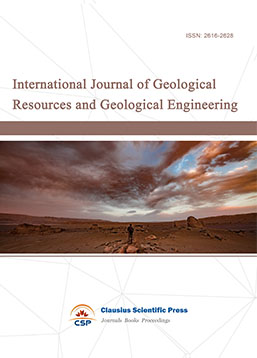
-
Big Geospatial Data and Data Science

-
Solid Earth and Space Physics

-
Environment and Climate Protection
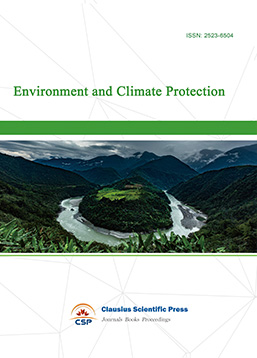
-
Journal of Cartography and Geographic Information Systems

-
Offshore and Polar Engineering

-
Physical and Human Geography
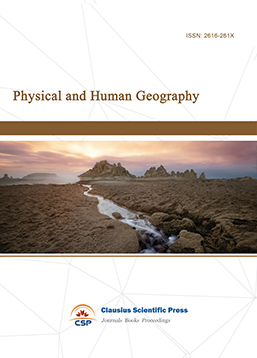
-
Journal of Atmospheric Physics and Atmospheric Environment
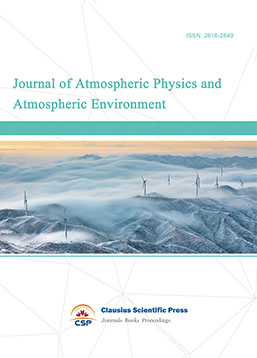
-
Trends in Meteorology

-
Journal of Coastal Engineering Research
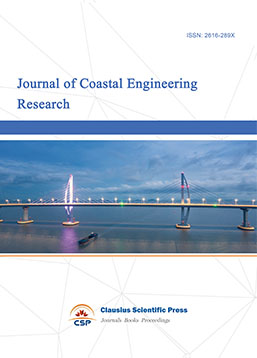
-
Focus on Plant Protection
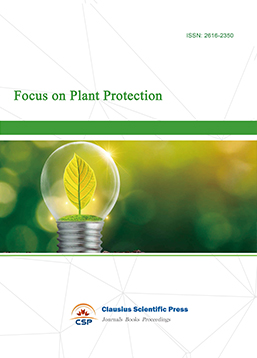
-
Toxicology and Health of Environment
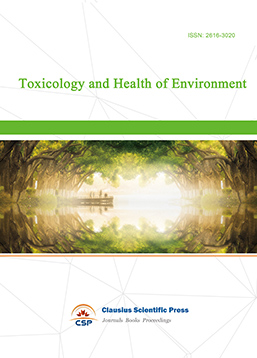
-
Geoscience and Remote Sensing
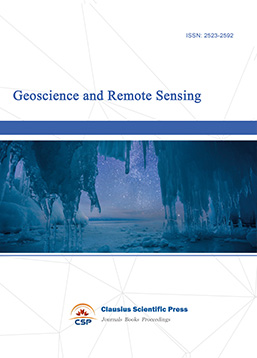
-
Advances in Physical Oceanography

-
Biology, Chemistry, and Geology in Marine
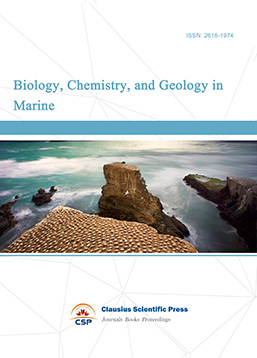
-
Water-Soil, Biological Environment and Energy

-
Geodesy and Geophysics

-
Journal of Structural and Quaternary Geology
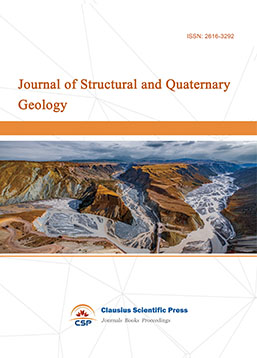
-
Journal of Sedimentary Geology

-
International Journal of Polar Social Research and Review


 Download as PDF
Download as PDF